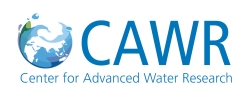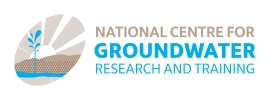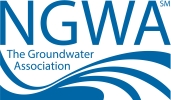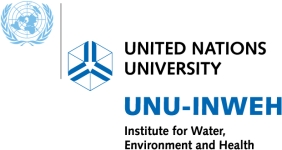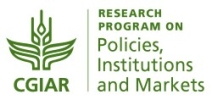Cost-effective and intelligent ways of storing and managing water underground for multiple purposes – including for birds
How evacuated subsurface space becomes an asset
California’s water security depends on flexible, resilient and reliable water management solutions that can safeguard its society, economy and the environment from drought while satisfying a growing water demand. The ability of the state to capture and store water is influenced by highly variable, seasonal precipitation and snowmelt, as well as its ability to harness and transfer water through dams, canals and other water infrastructure. However, due to a century of intensive groundwater pumping, groundwater basins contain newly available storage capacity (Figure 1), which can serve as a complementary water storage solution. If this option is brought into the mix, it may provide solutions at lower cost and with a broader range of co-benefits (including for nature) than traditional surface storage.
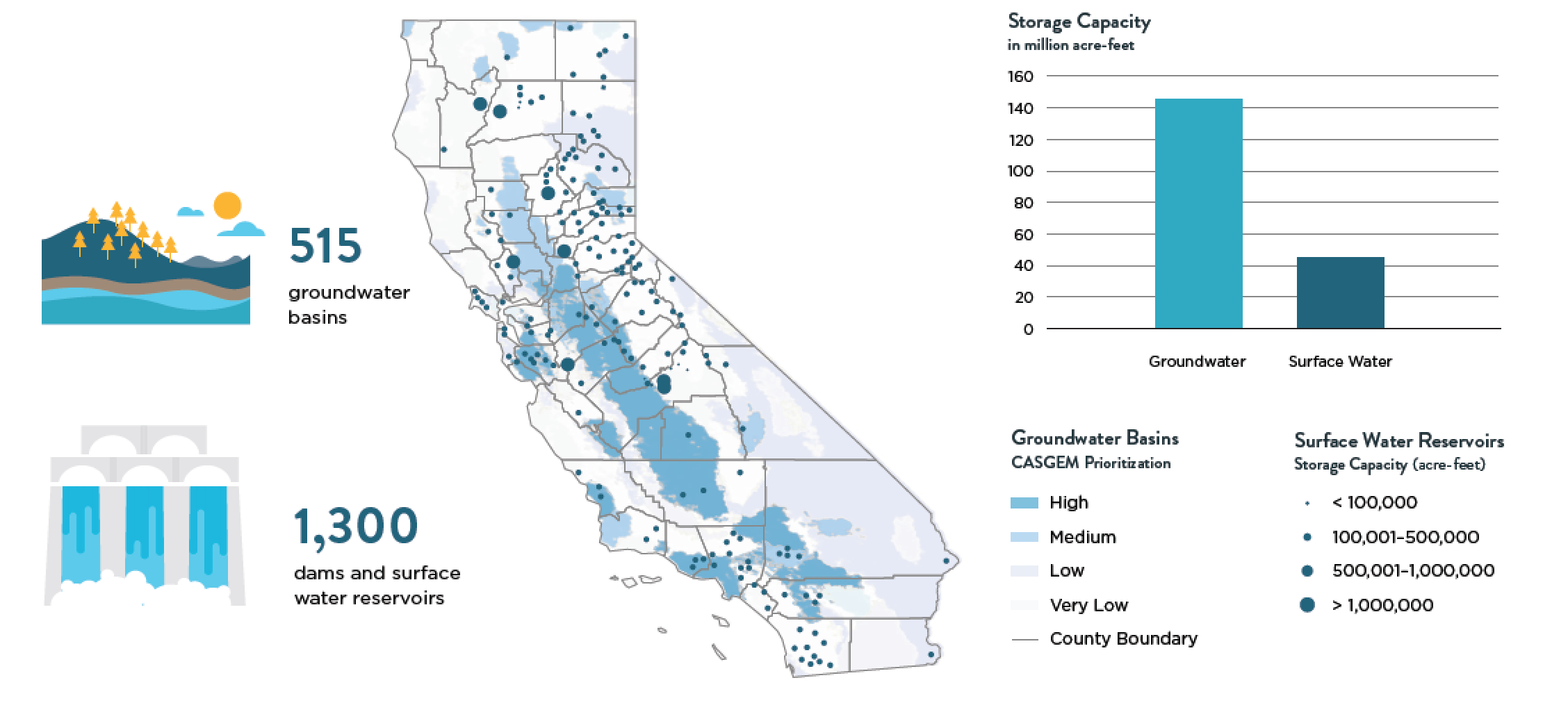
Figure 1. California’s surface water and groundwater storage capacity. California’s 515 groundwater basins provide more than three times as much storage as its 1,300 surface water reservoirs. Groundwater basins are increasingly prioritized for water storage by the California Department of Water Resources’ California Statewide Groundwater Elevation Monitoring (CASGEM) program (Source: California Department of Water Resources (2017) [11]).
Storing water in groundwater basins through managed aquifer recharge (MAR) can benefit nature by bringing groundwater levels closer to plant roots, providing temporary surface water for wetlands during recharge, and contributing dry-season flows to rivers and streams. A special example is where, by design, groundwater recharge operations provide an important water supply and habitat for migratory birds along the Pacific Flyway – a major north to south migratory route in North America, which is critical for bird survival and bird species diversity.
For the past several years, The Nature Conservancy of California has demonstrated an innovative approach that uses crowdsourced bird data with water and land maps (created via satellite imagery) to pinpoint where and when wetland habitat is needed for birds along the Pacific Flyway [1]. This information is used in California’s Central Valley to financially compensate farmers, through a reverse auction[i], to apply diverted surface water to their rice fields at suitable depths for migratory birds over specific 2-8 week periods of the year. These ‘pop-up habitats’ are made available for shorebirds, filling important habitat gaps. These fields serve a dual purpose as MAR areas as well as seasonal wetlands, maximizing the utility of the agricultural landscape. While not dismissing the need to protect original wetland habitat, ‘renting’ land and water from farmers represents 0.5% to 1.5% of the cost of purchasing and restoring the wetlands. This ‘Airbnb approach’, currently financed by conservation funds, provides a new opportunity to attract a high density of migratory birds – dunlins, sandpipers, snipes, whimbrels, black-necked stilts and other shorebirds – creating the necessary surrogate habitat conditions at the right time along their migratory route (Figure 2).
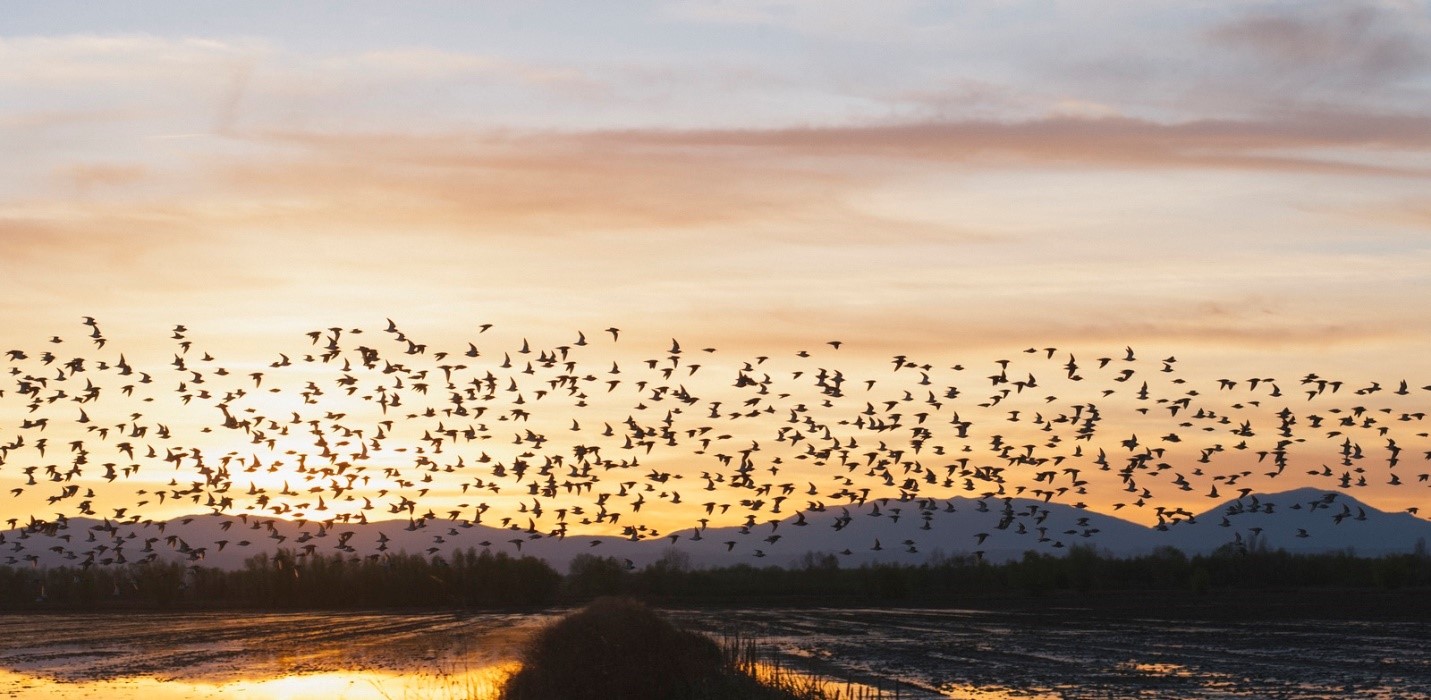
Figure 2. Pop-up habitat created through The Nature Conservancy of California’s Dynamic Conservation Program (source: The Nature Conservancy [12]).
Costs and benefits of groundwater storage
The cost to store water in groundwater basins is one-sixth of the cost of surface storage per unit of water [4] [i]. The cost to store water underground using MAR varies depending on the amount of conveyance required to deliver water to infiltration facilities. For example, multipurpose MAR facilities that combine the activity of water conveyance and infiltration through land spreading with the activity of farming operations can significantly reduce costs (Figure 3).

Figure 3. Water storage cost comparison (source: Matsumoto et al. in review [3])[iii].
Increased regional self-reliance
MAR projects using groundwater storage provide a greater flexibility for water managers to mitigate risks caused by drought and flood events. This is because groundwater storage space is decentralized throughout California’s 515 groundwater basins. The coordinated management of surface water and groundwater – also referred to as conjunctive management – can create reliable and resilient water supplies by locally storing available water in groundwater basins.
Restored groundwater basins
Groundwater provides as much as 60% of the state’s water supply in dry years, but unregulated use has created historically low groundwater levels. By replenishing depleted groundwater basins, this critical source of supply will be available during future droughts.
Improved ecosystem health
Groundwater provides an important water supply for fish, invertebrates, plants and animals where it discharges to rivers, lakes and estuaries. Increasing groundwater storage in places where these groundwater-dependent ecosystems exist can enhance their access to this resource. As illustrated above, groundwater infiltration facilities themselves can also create new or supplementary habitat for local and migratory birds, when designed properly.
Converted flood risk into a resource
High-magnitude stream flows can present flood risks for farms, homeowners and infrastructure. Reconnecting floodplains to their rivers can provide increased infiltration and storage for floodwaters underground. Floodplains are highly productive, biodiverse systems, but have been altered with built infrastructure, such as levees, to accommodate human needs. Allowing floodwater to recharge aquifers can help address California’s groundwater depletion while also reducing flood risk downstream and maintaining dry-season flows.
Taking advantage of a diversified water portfolio
Decentralized recharge facilities enable local water managers to store recycled water, including urban stormwater and treated wastewater. It is estimated that 1,110 to 1,360 million cubic meters (Mm3) of treated wastewater is discharged directly into the ocean every year in California [5]. Based on the USD 0.7/m3 median cost to capture and store treated wastewater [6], it would cost the state USD 870 million to build necessary groundwater storage facilities to recover the average 1,230 Mm3 of treated wastewater lost to the ocean from coastal wastewater treatment plants.
Challenges with groundwater storage
Despite the cost-effectiveness of groundwater storage and the multiple co-benefits it can provide, there are still some challenges:
Source water availability
California’s rivers are oversubscribed, with five times the water that flows down rivers already pre-allocated to users along the way [7]. This over-appropriation, in combination with a reduction in snowpack due to climate change at its headwaters [8], puts a strain on how much water is available to store.
Trade-offs
Dedicating water for underground storage means that it is being taken from some potentially other beneficial use. Even floodwater can serve benefits, such as flushing out sediments. Trade-offs involved in storing water underground need to be considered to maximize the beneficial use of limited water resources.
Water quality
Recharging aquifers with recycled water may pose risks, such as introducing trace contaminants to wildlife and aquifers. Similarly, recharging water on agricultural land can potentially introduce nitrate and salt contamination to groundwater. However, more research is necessary to fully understand those risks.
Securing basic water needs
It will be critical to assure that needs for basic water supplies and fundamental ecosystem services are prioritized in an open and transparent way.
What’s next?
California is embarking on concerted strategies for MAR, termed Flood-MAR [9], via an expanded, large-scale integrated program and as part of the wider California Water Plan [10]. According to the White Paper [9], “with less water storage from snowpack, California needs to leverage both the current water system and new opportunities to provide sustainable alternatives that can simultaneously accommodate longer and deeper droughts, and more severe, and frequent, episodic and seasonal flooding. This recent cycle of drought and flood, and the passage of the Sustainable Groundwater Management Act (SGMA)[i], provide an enhanced opportunity to modernize State policies related to the nexus between flood management, land use, groundwater management, and ecosystem enhancement”.
[i] An auction in which landowners specify the lowest payment that would entice them to flood their fields for a given period [13].
[ii] Based on the median price of surface storage (USD1.54/m3) and groundwater storage (USD 0.33/m3), and assuming that public benefits are equal.
[iii] Data sources: Recharge facilities [6]; On-farm recharge [14]; Dynamic recharge [3]; Conservation [15]; Dams and reservoirs (proposed proposition 1 CALFED project costs for San Luis Reservoir, Los Vaqueros Reservoir, Shasta Reservoir, Temperance Flat, Sites Reservoir); Ocean Desalination [16].
[iv] https://water.ca.gov/Programs/Groundwater-Management/SGMA-Groundwater-Management (accessed on August 22, 2018).
[1] Reynolds, M.; Sullivan, B.L.; Hallstein, E.; Matsumoto, S.; Kelling, S.; Merrifield, M.; Fink, D.; Johnston, A.; Hochachka, W.M.; Bruns, N.E.; Reiter, M.E.; Veloz, S.; Hickey, C.; Elliott, N.; Martin, L.; Fitzpatrick, J.P.; Spraycar, P.; Golet, G.H.; McColl, C.; Low, C.; Morrison, S.A. 2017. Dynamic conservation for migratory species. Science Advances: 3(8). DOI: 10.1126/sciadv.1700707
[2] O’Geen, A.; Saal, M.; Dahlke, H.; Doll, D.; Elkins, R.; Fulton, A.; Fogg, G.; Harter, T.; Hopmans, J.; Ingels, C.; Niederholzer, F.; Solis, S.; Verdegaal, P.; Walkinshaw, M. 2015. Soil suitability index identifies potential areas for groundwater banking on agricultural lands. California Agriculture 69(2): 75-84. doi: 10.3733/ca.v069n02p75.
[3] Matsumoto, S.; Rohde, M.M.; Heard. S. In review. Nature-friendly economic tools to achieve groundwater sustainability: two experimental case studies from California. Water Economics and Policy.
[4] Perrone, D.; Rohde, M. 2014. Storing water in California: What can $2.7 billion buy us? Water in the West. Research Brief. California: Stanford Woods Institute for the Environment. Available at http://waterinthewest.stanford.edu/sites/default/files/Storing_Water_in_CA.pdf (accessed on August 22, 2018).
[5] Pacific Institute. 2014. Water reuse potential in California. Issue Brief: 14-05 E. Oakland: Pacific Institute. Available at http://pacinst.org/wp-content/uploads/2014/06/ca-water-reuse.pdf (accessed on August 22, 2018).
[6] Perrone, D.; Rohde, M.M. 2016. Benefits and economic costs of managed aquifer recharge in California. San Francisco Estuary & Watershed Science 14(2). Available at https://escholarship.org/uc/item/7sb7440w.
[7] Grantham, T.; Viers, J.H. 2014. 100 years of California’s water rights system: Patterns, trends, and uncertainty. Environmental Research Letters 9(8). doi:10.1088/1748-9326/9/8/084012.
[8] Diffenbaugh, N.S.; Swain, D.L.; Touma. D. 2015. Anthropogenic warming has increased drought risk in California. Proceedings of the National Academy of Sciences 112(13): 3931-3936.
[9] California Department of Water Resources. 2018. Flood-MAR: Using flood water for managed aquifer recharge to support sustainable water resources. White Paper, June 2018. 54p.
[10] California Department of Water Resources. 2013. California water plan. Available at https://water.ca.gov/Programs/California-Water-Plan (accessed on August 22, 2018).
[11] California Department of Water Resources. 2017. California Statewide Groundwater Elevation Monitoring (CASGEM) Program Basin Prioritization. Available at https://water.ca.gov/Programs/Groundwater-Management/Basin-Prioritization (accessed on August 22, 2018).
[12] The Nature Conservancy. 2018. Freshwater: BirdReturns. Available at https://www.scienceforconservation.org/science-in-action/birdreturns (accessed on August 22, 2018).
[13] The New York Times. 2017. Economic view: Using the Airbnb model to protect the environment. Available at https://www.nytimes.com/2017/12/29/business/economy/airbnb-protect-environment.html (accessed on August 22, 2018).
[14] Sustainable Conservation. 2014. On-farm infrastructure needs assessment and costs to implement groundwater recharge using flood flows on cropland. San Francisco: Sustainable Conservation.
[15] Hanak, E.; Gray, B.; Lund, J.; Mitchell, D.; Chappelle, C.; Fahlund, A.; Jessoe, F.; Medellín-Azuara, J.; Misczynski, D.; Nachbaur, J.; Suddeth, R. 2014. Paying for water in California. San Francisco: Public Policy Institute of California.
[16] Cooley, H.; Phurisamban, R. 2016. The cost of alternative water supply and efficiency options in California. Oakland: Pacific Institute. Available at http://pacinst.org/wp-content/uploads/2016/10/PI_TheCostofAlternativeWaterSupplyEfficiencyOptionsinCA.pdf (accessed on August 22, 2018).
Melissa Rohde1, Sandi Matsumoto2 and Jeanette Howard2
1 The Nature Conservancy (TNC), California Water Program. Email: melissa.rohde@tnc.org
2 TNC, California Water Program












